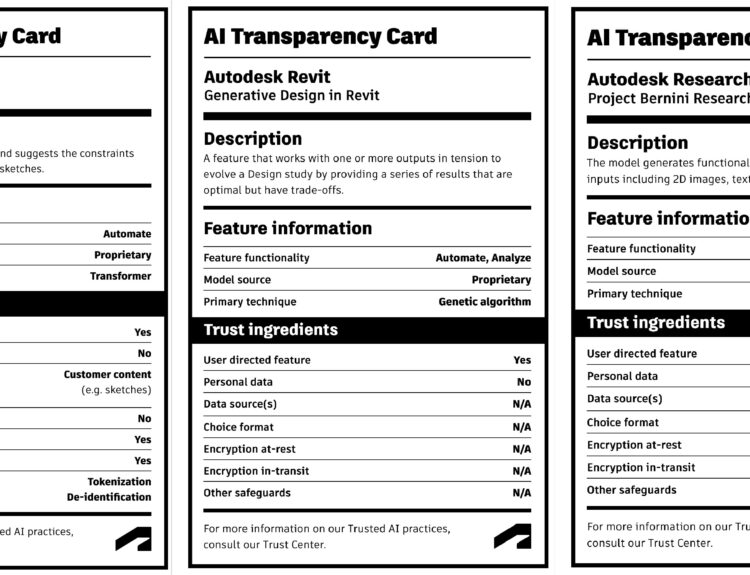AI is poised to enhance the tools used in the AEC industry in various ways:
Generative Design:
AI can rapidly generate multiple design alternatives based on defined constraints and objectives, providing architects and engineers with a broader array of potential solutions that might not be immediately evident through conventional methods.
Design Optimization:
Utilizing extensive data analysis, AI can refine designs to improve energy efficiency, structural integrity, material utilization, and cost-effectiveness. This capability supports the creation of more sustainable and economically viable projects.
Automated Code Compliance:
AI streamlines the design verification process by automatically assessing compliance with building codes, zoning laws, and other regulatory requirements, thus expediting approvals and reducing the likelihood of costly project delays or legal issues.
Intelligent Design Assistance:
AI-powered tools offer real-time feedback and alternative suggestions, drawing from established best practices and historical data. This feature acts as a sophisticated support system, enhancing the designer’s ability to make informed decisions.
Predictive Modeling:
AI can predict the performance of designs under various scenarios, including environmental impacts, usage patterns, and physical stresses. This predictive capacity allows for preemptive adjustments in the design phase, improving project outcomes.
Collaborative Design:
AI enhances coordination and integration among diverse design teams and trades like plumbing and electrical coordination through project lifecycle.
By integrating AI capabilities, AEC design software can become more intelligent and efficient, capable of addressing increasingly complex design challenges and delivering enhanced, sustainable, and cost-effective built environments for the future.



